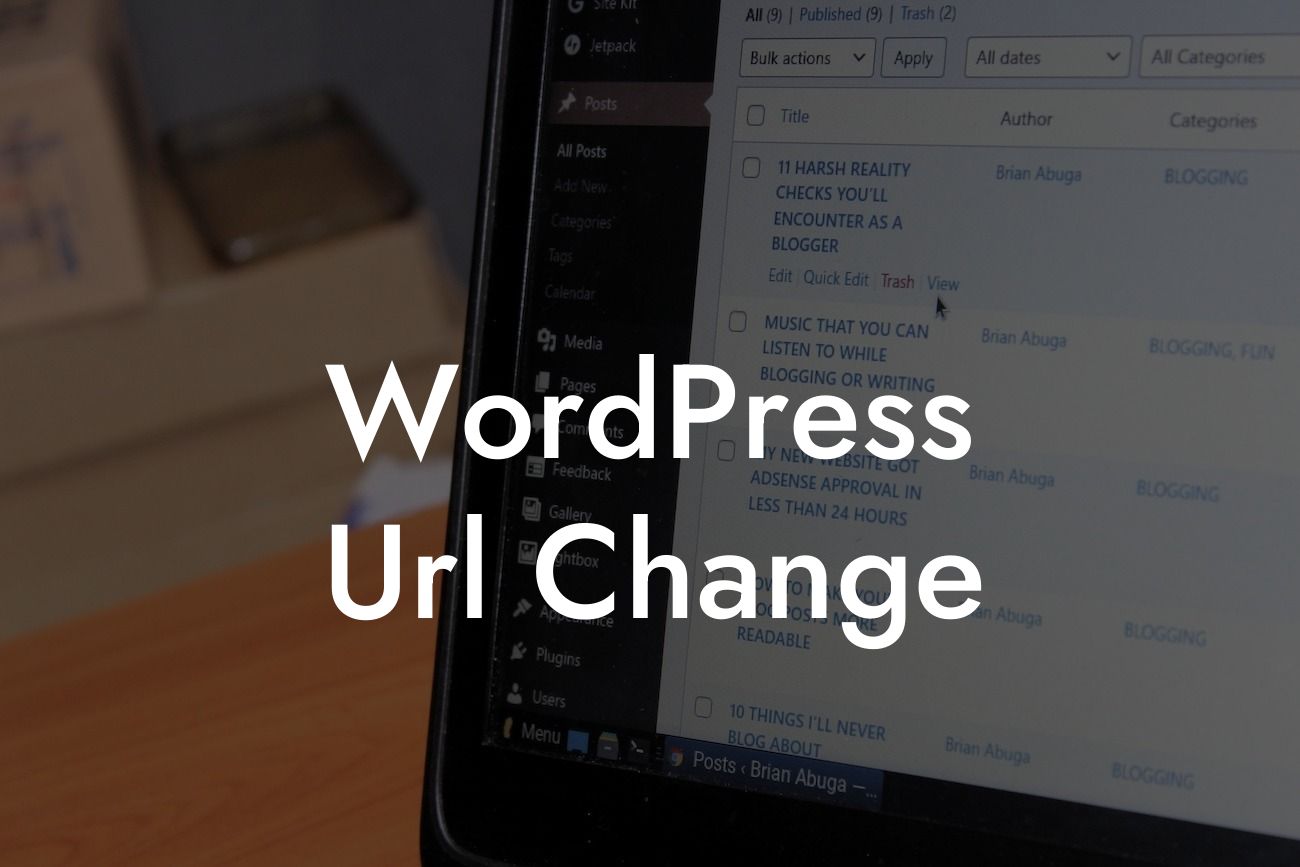Managing and optimizing your URLs is essential for a successful website. In this article, we dive deep into the process of changing the URL structure in WordPress. By implementing these strategies, you can take full control of your website's URLs, greatly improve your SEO rankings, and level up your online presence. Say goodbye to generic URLs and embrace the power of customization.
Changing the URL structure in WordPress might seem like a daunting task, but with the right guidance, it becomes a simple and rewarding process. Let's break it down into clear steps:
1. Understand the Importance of URL Structure:
A well-structured URL not only helps search engines understand your content but also provides a clear indication to users about the page's topic. Utilize suitable H2 and H3 headings as well as bullet point and ordered lists to improve readability and engagement.
2. Plan your URL Structure:
Looking For a Custom QuickBook Integration?
Before jumping into the technical aspect, take the time to plan your new URL structure. Consider your website's hierarchy, target keywords, and overall information architecture. Create a logical and organized structure that aligns with your content categories and improves user experience.
3. Set up Redirects:
Avoid breaking existing links and create a smooth transition by setting up proper redirects. With the help of plugins like DamnWoo's URL Redirect, you can seamlessly redirect old URLs to their new counterparts and prevent any potential loss in traffic or search engine rankings.
4. Update Internal Links:
Once your new URL structure is in place, make sure to update all internal links within your website. This includes your navigation menus, sidebar widgets, and any other references to the old URLs. Consistency is key to maintaining a seamless browsing experience for your users.
5. Update External Links:
Don't forget to update any external links pointing to your website. Reach out to other website owners or bloggers who have linked to your content and inform them of the changes. This way, you can ensure that all inbound links are directing traffic to the correct URLs.
Wordpress Url Change Example:
Imagine you run a small bakery, and your current URL structure for your blog posts is something like https://yourbakery.com/?p=123. By changing the URL structure to https://yourbakery.com/blog/post-title, you create a more user-friendly and SEO-friendly format. This improves the readability of your URLs and helps search engines better understand the context of your content.
Congratulations! You're now equipped with the knowledge and steps to change the URL structure in WordPress. By implementing these strategies, you'll not only enhance your SEO rankings but also provide a better user experience for your visitors. Remember to explore DamnWoo's awesome WordPress plugins to further elevate your online presence. Don't forget to share this article with others who might benefit from it and check out our other helpful guides. Get ready to unlock the true potential of your website with DamnWoo!













